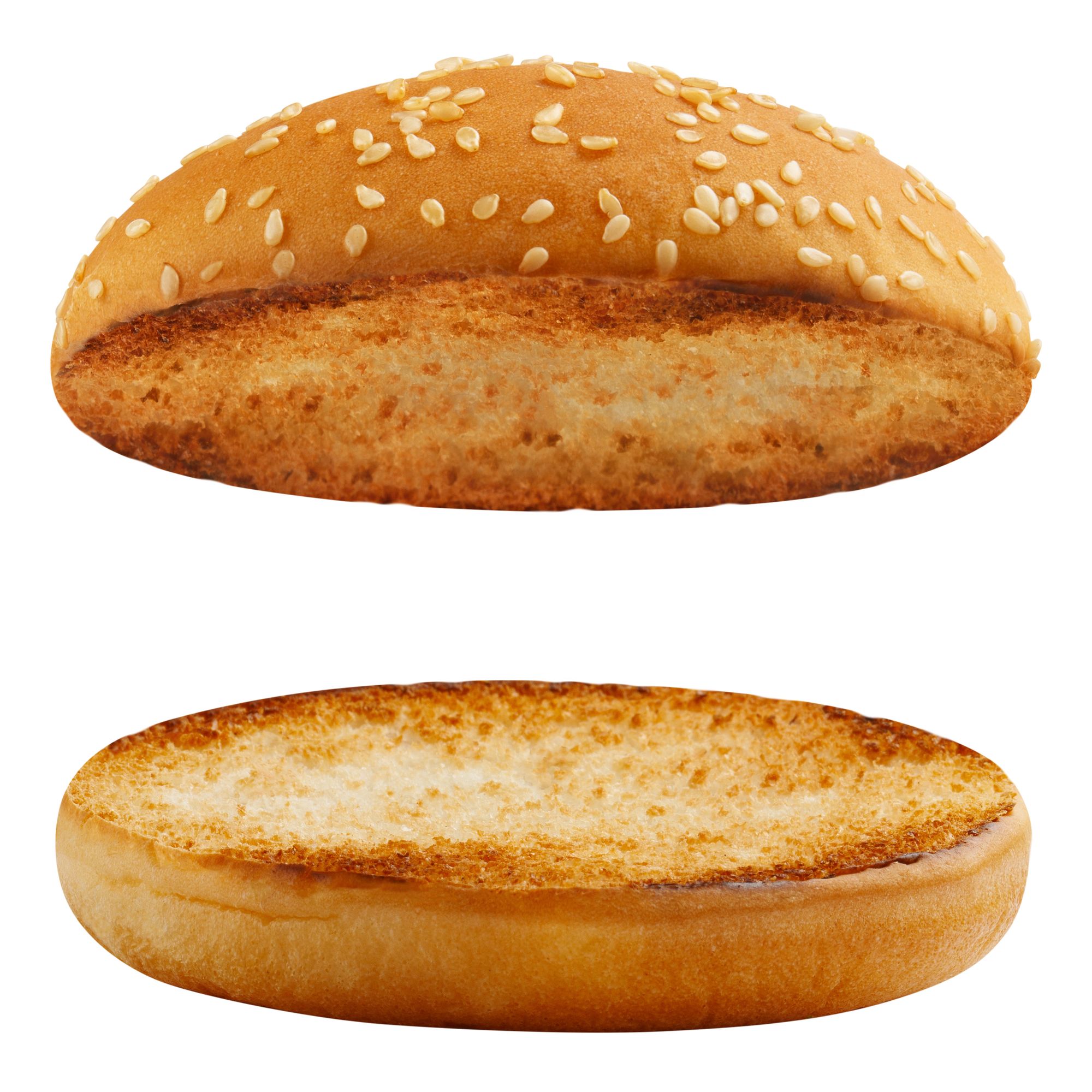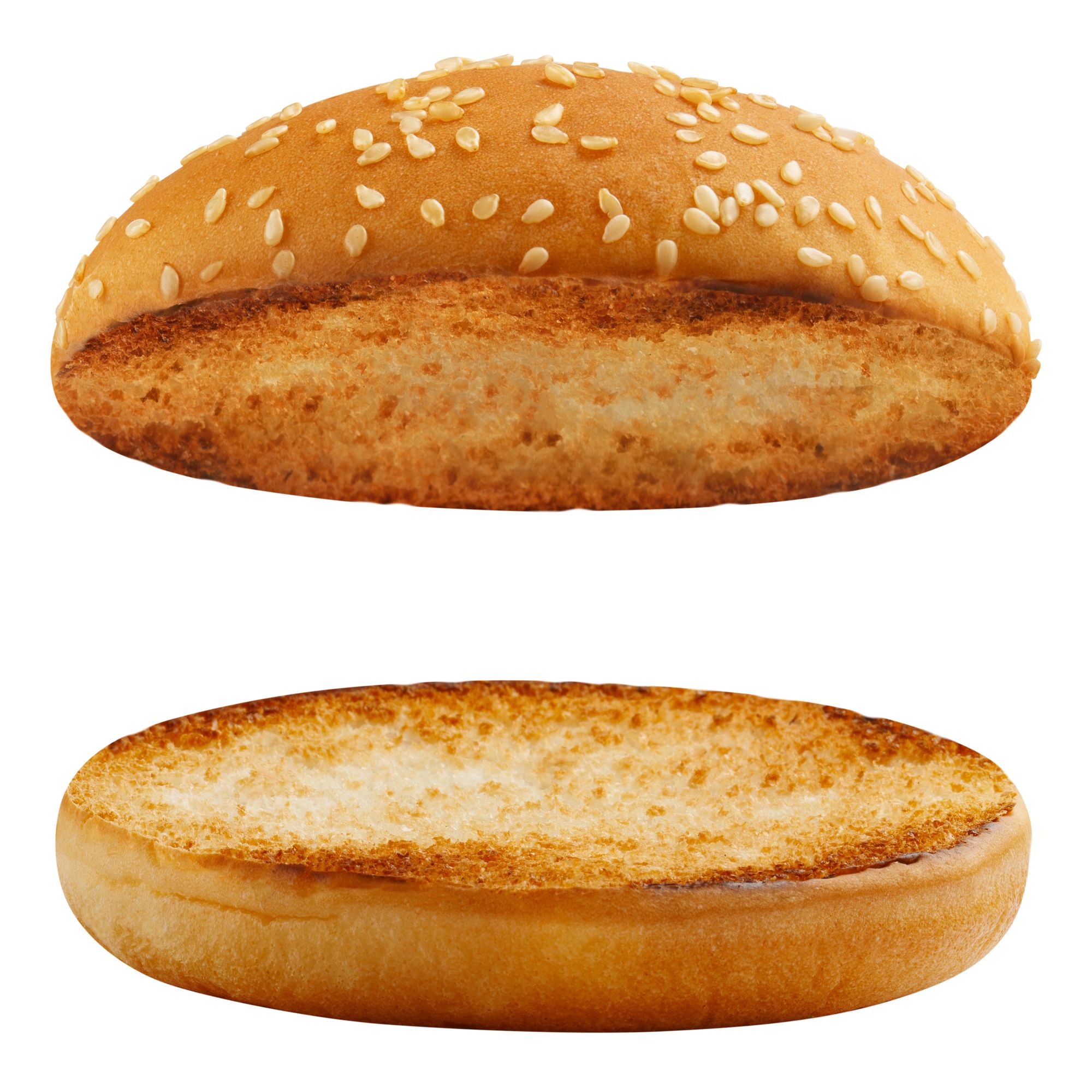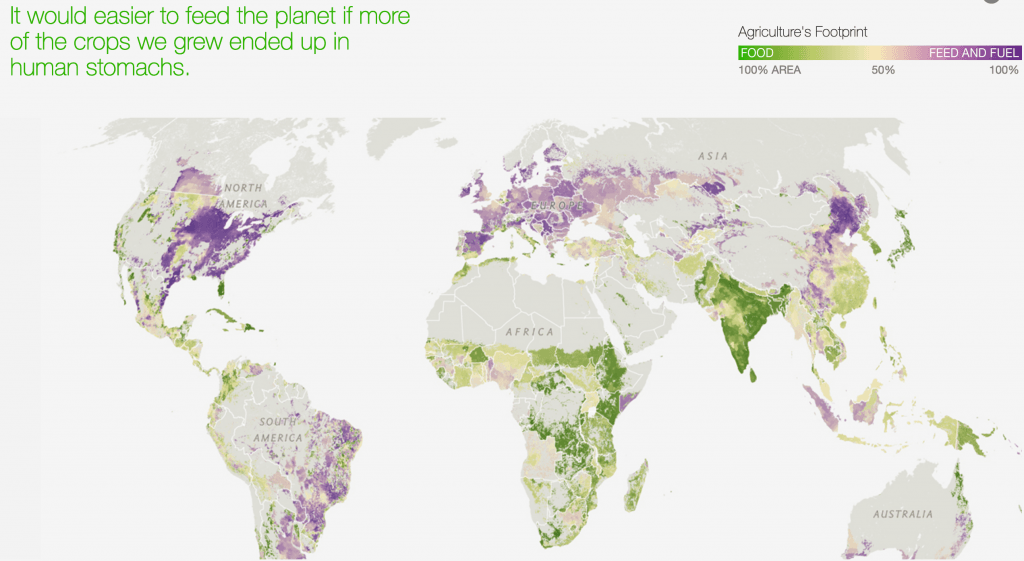Wanting an Impossible Burger
A year ago, my wife brought home a packet of Beyond Meat burgers. These are the plant-based protein patties that have been engineered to replicated ground beef, but contain no beef in them. They even go so far as to include runny red beet juice to simulate bleeding rare beef.


A year ago, my wife brought home a packet of Beyond Meat burgers. These are the plant-based protein patties that have been engineered to replicated ground beef, but contain no beef in them. They even go so far as to include runny red beet juice to simulate bleeding rare beef. I know, you’re saying “eww gross” but, I mean, isn’t that what the meat we’ve all grown up eating is?
I threw them on the grill and was instantly overwhelmed by a horrible odor that clung to me for the duration of the cooking process. I could not shake the smell and it really ruined the experience – I couldn’t taste the product for what it was, I was just stung by that nasty smell that stuck to me the entire time. Even now, a year later, my skin shakes a bit just recalling it.
I read this morning about the Impossible Burger, which uses not beet juice but soy heme – the stuff that makes our blood red – to duplicate that substantive maw of eating animal flesh. And hey, the tasters say it works! The protein patties are rolling out to White Castles and Burger King’s nation wide. Suddenly, it looks like we have a legitimate product hitting the market that folks can opt for that isn’t beef.
Why char grilled sandwich lovers want to do that? Because (we’ve all heard this a dozen times by now) making consumable protein from cows is terribly inefficient. It takes a relatively outsized portion of water, grain, land, and oil to churn out those industrialized red meat patties. And nothing says yum like knowing a corporate owned, robot-filled factory is slicing up fifteen hundred pound animals and mechanically reducing them into vats of an ammonium-treated slurry, twenty-four hours a day, seven days a week. When the marketing materials tells me to support my local cattle rancher, it is tugging on sentimental vestiges of a reality that no longer exists.
Industrialized meat processing is a victim of its own brutal efficiency. The endless production and processing of beef, poultry, and pork is a natural wonder in its own right. Unfortunately, there are negative repercussions related to the required massive consumption of clean water, grain and soy, oil, and grazing land. Not to mention the brutal economics pressuring those in animal husbandry to produce bigger, faster products more frequently, chaining them to a corporate process that has only one goal in sight: more, sooner.
People have been reacting against the consumption of animal protein for ecological reasons – because the planet simply can’t continue producing most of its grain to be used to feed the cows who are grown to make weekend barbque meat. In the US, more than 67% of crops are grown for animal feed. Worldwide, it is 36%. Some people react for safety reasons – people do not want to eat meat that was so full of bacteria that ammonia gas had to be injected into it to be safe to eat. And some react for humanitarian reasons – the more capable we are of creating fast, clean sources alternate protein consumables, the better chance we stand of addressing looming crises of trying to feed everyone as the world edges closer to topping 10 billion souls.

https://www.nationalgeographic.com/foodfeatures/feeding-9-billion/
The least I can do while all of this invisibly unfolds in the world around me is to give that impossible burger a shot. Fork over my $14 bucks the next time I am at a burger joint for the plant-based option and see what it tastes like. My guess is it will taste like the jalepenos, sriracha mayo, pickles, greens, and fried egg I lay on top. And if a few bucks of that goes back to the companies trying to tackle some of the world’s global issues, it’ll be that much more savory to me.
